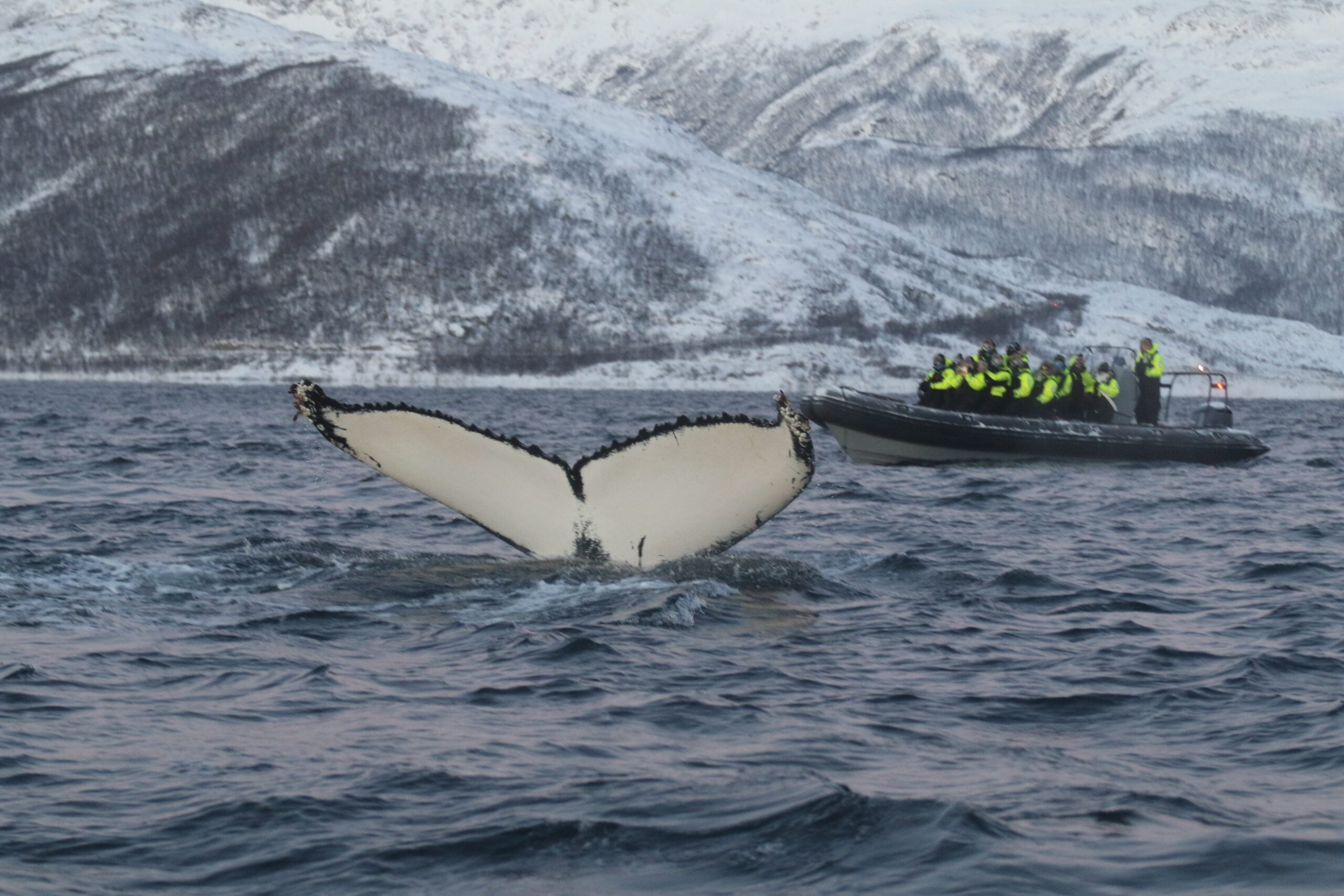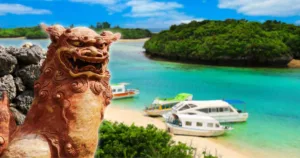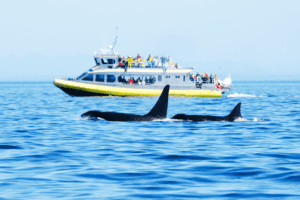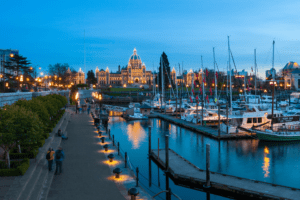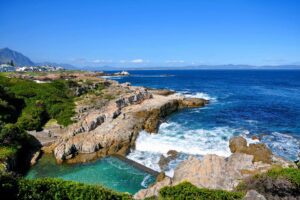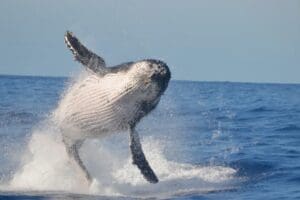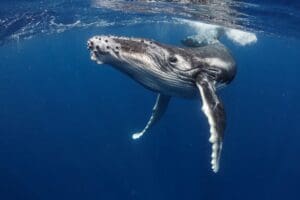Swimming with Orcas in Norway: An Exclusive Adventure Guide
This detailed guide is your key to unlocking this unique experience, offering a comprehensive look at the costs involved in the exclusive adventure – swimming with orcas in Norway. From the essential gear to the expert guides who ensure your safety and enjoyment, every aspect of swimming with orcas in the serene Norwegian fjords is broken down to help you plan your budget for an unforgettable aquatic journey.
Understanding Orcas and Their Natural Habitat
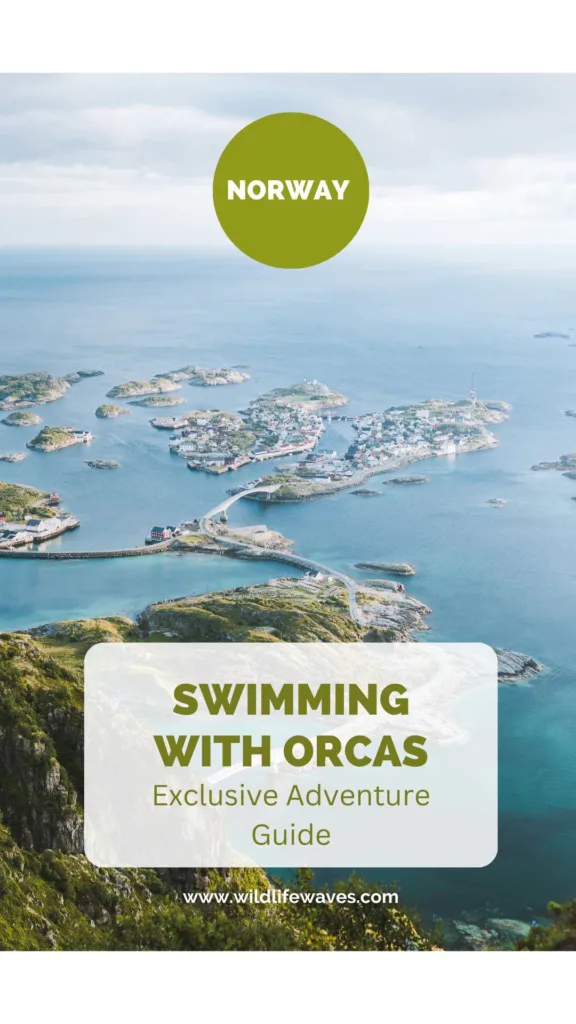

The Significance of Norwegian Waters for Orcas
The pristine and chilly waters off Norway’s coast are a haven for orcas, also known as killer whales. These intelligent and highly social mammals favor the Norwegian fjords, thriving on the rich supplies of herring and other fish species that populate these waters, especially during winter months. The presence of orcas in these waters is a testament to the health of the marine ecosystem and has significant implications for the local biodiversity.
Behavioral Patterns of Orcas in the Wild
Orcas are apex predators and highly adaptable in their hunting strategies, which are fascinating to observe. In the wild, these creatures are known for their complex social structures, often living in matrilineal family groups called pods. They communicate with a variety of clicks, whistles, and pulsed calls, and their behaviors, ranging from cooperative hunting to playful interactions, provide invaluable insights into their cognitive abilities and social dynamics.
Conservation Status and Ethical Considerations
Despite their prowess, orcas face threats from pollution, declining prey populations, and the effects of climate change. As a result, many orca populations are considered vulnerable or endangered. Interactions with humans must be conducted ethically, with minimal disturbance to their natural behaviors. Conservation-minded approaches are essential for ensuring that future generations can observe and appreciate these majestic creatures.
The Magic of Swimming with Orcas in Norway
What Makes Norway a Unique Location for Orcas
Norway’s unique geographical features, including deep fjords and the Norwegian Sea‘s continental shelf, create an ideal environment for orcas to flourish. The cold, clean waters are highly oxygenated and teeming with herring, making it one of the few places on Earth where humans can relatively easily encounter these magnificent mammals in their natural setting.
Best Time of Year for Orca Encounters
Timing is everything when planning to swim with orcas in Norway. The best period for such encounters is during the winter months, from November to January. This is when the orcas follow the migrating herring into the fjords, providing the highest likelihood of witnessing orca pods in action.
The Experience: What to Expect when Swimming with Orcas
Imagine the thrill of slipping into the freezing waters, surrounded by nothing but the vast sea and silence, only to be suddenly graced by the presence of an orca pod. Swimming with orcas is an unparalleled experience where you are a respectful visitor in their domain, observing as they hunt, socialize, and navigate the fjords’ intricate networks.
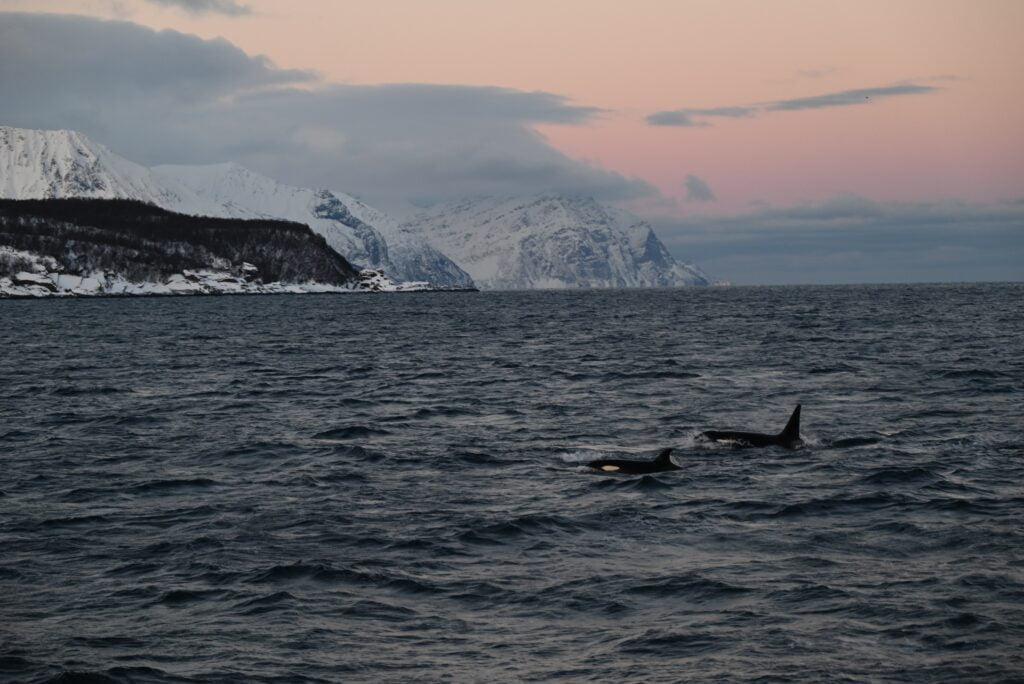

Planning Your Orca Adventure
Entrance Requirements and Legal Considerations
Before embarking on your adventure, you should be aware of Norway’s regulations concerning wildlife encounters. Ensure that the tour operator has the necessary permissions and that your trip complies with local laws designed to protect orcas and their habitat.
Choosing the Right Tour Operator
Selecting a tour operator is a crucial step. Look for those with a strong commitment to conservation and ethical practices—a sign that your experience will be both memorable and responsible. Look for providers with expert knowledge of orca behaviors and the local environment, as they can offer the safest and most respectful wildlife interactions.
Safety Measures and Protocols
Safety is paramount when swimming with powerful wild animals in unpredictable conditions. Tour operators should provide a comprehensive safety briefing, including protocols for in-water behavior around orcas. Wearing appropriate thermal wetsuits and understanding the signals used by guides are part of ensuring everyone’s safety and enjoyment.
Comprehensive Breakdown of Costs
Tour Packages and What They Include
When reviewing tour packages, pay attention to what’s included. A standard package typically covers the guided orca swim, wetsuit rental, and sometimes transport to the dive site. More comprehensive offerings may include meals, accommodation, and additional activities.
Additional Expenses to Consider
Beyond the tour itself, you’ll need to budget for flights, ground transportation, meals not included in your package, and personal expenditures. Also, consider travel insurance costs and any extra gear you wish to purchase.
Understanding the Pricing Tiers and Options
The cost of swimming with orcas in Norway can vary significantly based on the luxury level and the package’s comprehensiveness. Prices generally range from mid-range options for the budget-conscious adventurer to premium experiences with luxury accommodations and private guides.
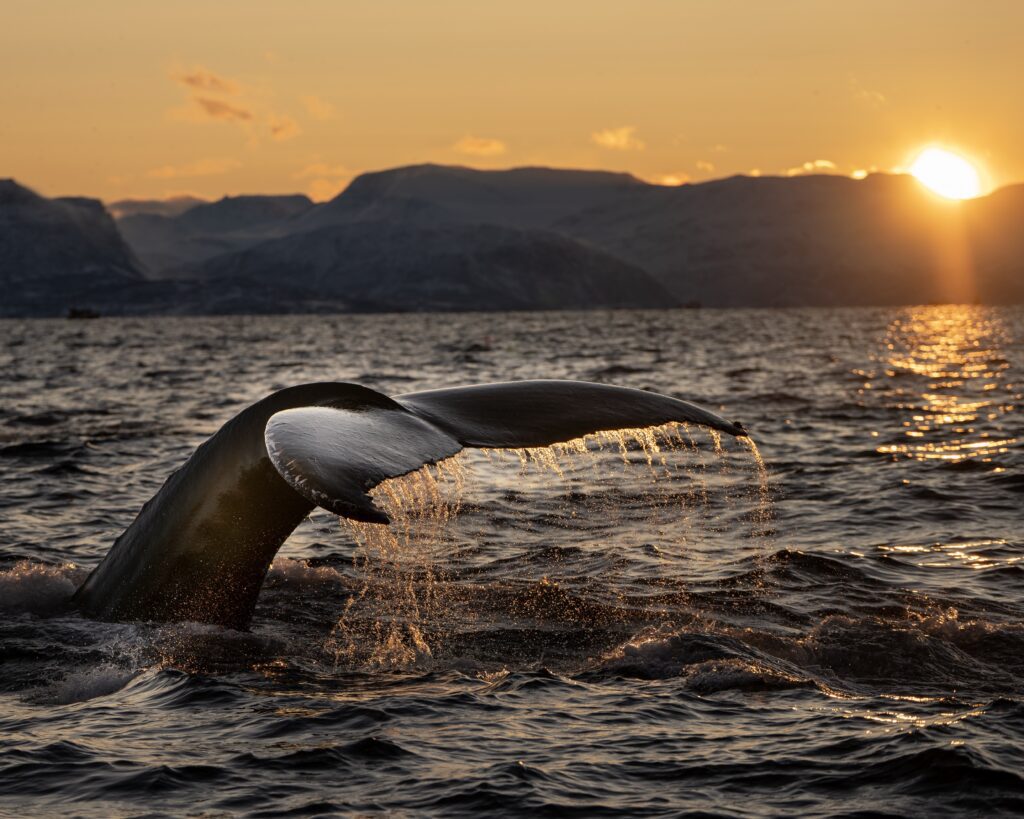

The Importance of Booking with Reputable Guides
Qualifications and Experience of Professional Guides
Reputable guides enhance safety and enrich the experience with their knowledge of orca behavior and habitat. Look for guides with solid track records, proper certifications, and substantial experience conducting swims with orcas.
How Guides Enhance the Swimming with Orcas Experience
Skilled guides know how to anticipate orca movements and behavior, placing you in the best spots while ensuring minimal disturbance to the animals. They can also offer insights and educational information that transform your swim from a mere encounter to a moment of true connection with these marine giants.
Guide Fees and Tipping Etiquette
When budgeting for your trip, remember to factor in guide fees. Tipping is often not included in the upfront costs but is a customary way to show appreciation for the guide’s expertise and efforts to provide a safe and memorable experience. A gratuity of 10-15% is standard, but always consider the level of service provided.
Accommodation Options for Orca Swimmers
Types of Accommodations Available
Accommodations range from cozy guesthouses and cabins to more luxurious hotels and lodges. Your choice will depend on your preferences, budget, and how close you want to be to the orca swimming locations.
Cost Comparison of Accommodation Choices
Costs can vary widely, with budget options starting at a modest price per night, mid-range hotels at a higher rate, and luxury accommodations commanding premium fees. Balance comfort against cost when choosing your lodging.
Proximity to Orca Swimming Locations
Consider staying near the orca swimming sites to minimize daily travel times. Some lodges and tour operators offer accommodations specifically tailored to orca swimmers’ needs, providing convenience and often the company of fellow adventurers.
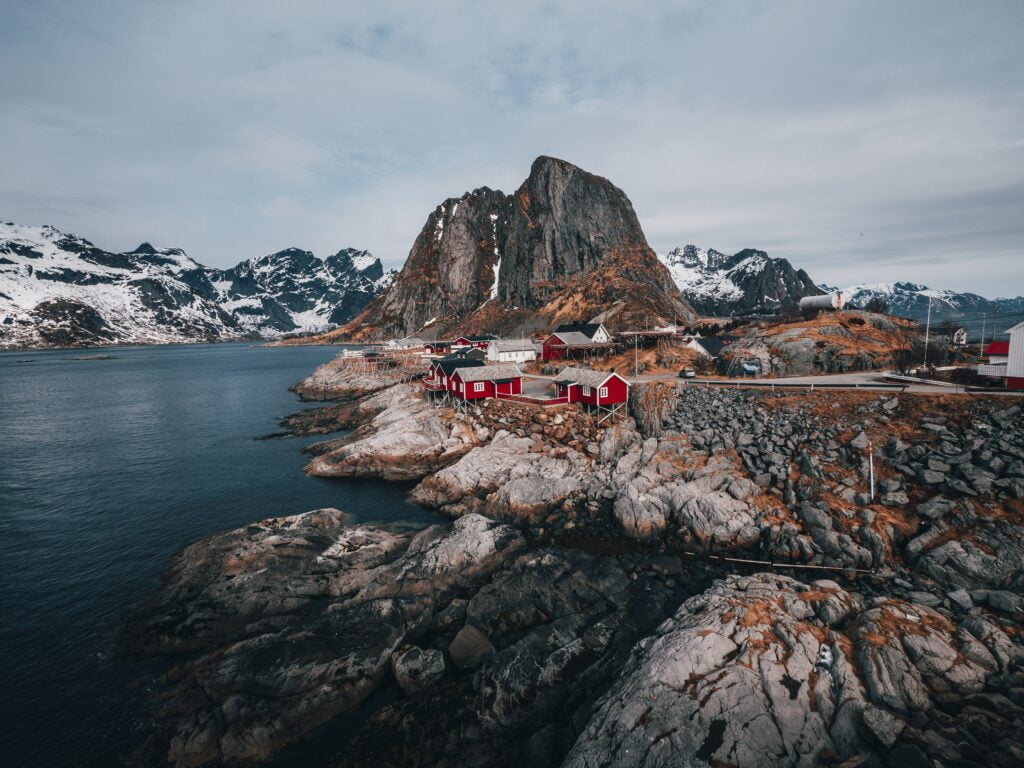

Transportation to the Orca Swimming Sites
Modes of Transportation Available
Getting to the orca swimming sites may involve a range of transportation options, including domestic flights, rental cars, buses, or transfers provided by your tour operator.
Average Costs of Transportation
Costs will vary depending on the mode of transport and distance traveled. Domestic flights to Northern Norway might be your largest expense, while local transfers are generally more affordable.
Coordinating Transport with Tour Operators
Many tour operators offer transfer services from the nearest towns or airports to the orca swimming locations. Inquire about these options when booking your tour, as it can save you time and hassle.
Essential Gear and Rental Prices
Recommended Gear List for Swimmers
Aside from a good quality thermal wetsuit, which is indispensable, you’ll need fins, a mask, snorkel, and possibly a hood and gloves to protect against the cold. Underwater cameras or GoPros are optional for capturing your experience.
Costs of Purchasing vs. Renting Equipment
Purchasing your own gear can be a substantial investment, especially for high-quality cold-water equipment. Renting from your tour operator or local dive shops can be a more cost-effective option for those not planning to swim regularly in cold environments.
Advice on Finding Quality Rentals
Research rental options in advance, and check reviews to ensure that the equipment is in good condition and suitable for the cold waters you’ll be encountering. Quality and fit are critical for your comfort and safety.
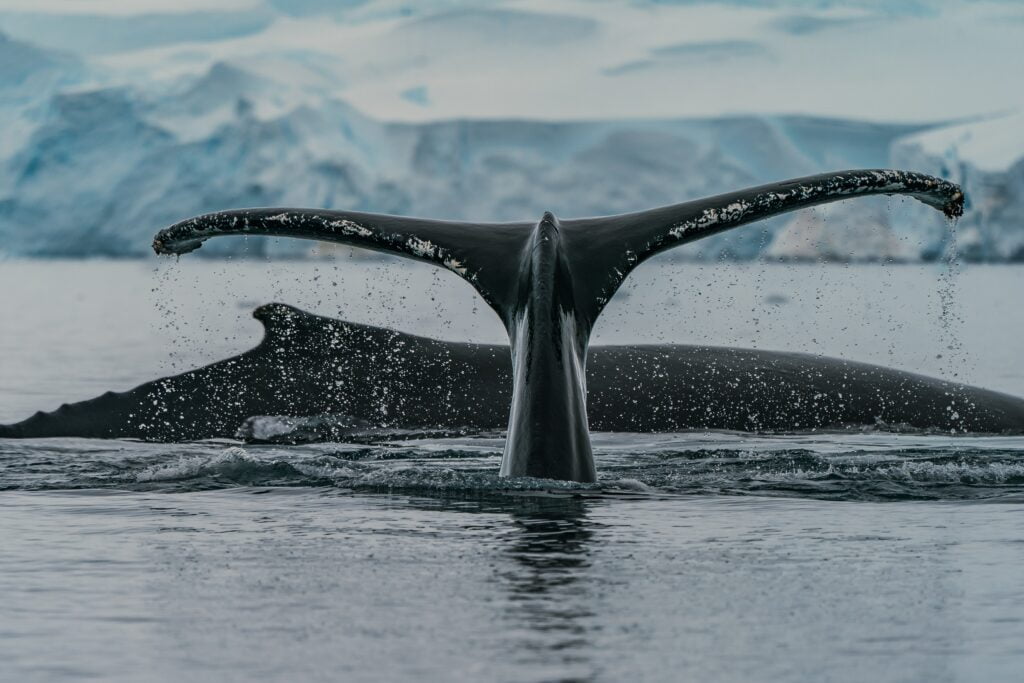

Leveraging Travel Packages and Discounts
Seasonal Promotions and Discounts
Keep an eye out for seasonal promotions, especially during the shoulder seasons when tour operators might offer discounts to attract swimmers outside of peak times.
Benefits of Group and Package Deals
Booking as part of a group can lower individual costs, while package deals that include accommodations, meals, and additional activities can offer savings compared to booking services separately.
Finding Last Minute Offers
Last-minute bookings can sometimes yield discounts if tour operators have spots they’re looking to fill. However, keep in mind that the availability of such offers is unpredictable.
Testimonials and Experiences from Past Swimmers
Personal Accounts and Reviews
Reading testimonials and reviews from those who have already embarked on this journey can be incredibly insightful. They provide honest feedback about the entire experience, from the quality of the tour operators to the personal impact of the swim.
Understanding Value through Shared Experiences
Assessing what others have found valuable can help you determine which aspects of the trip are most important to you and where you may want to allocate more of your budget.
Real Costs Incurred by Previous Adventure-goers
Pay attention to reviews that detail the total cost of the adventure. These can provide a more realistic picture of what to expect financially and help you plan more effectively for your orca swimming experience.

